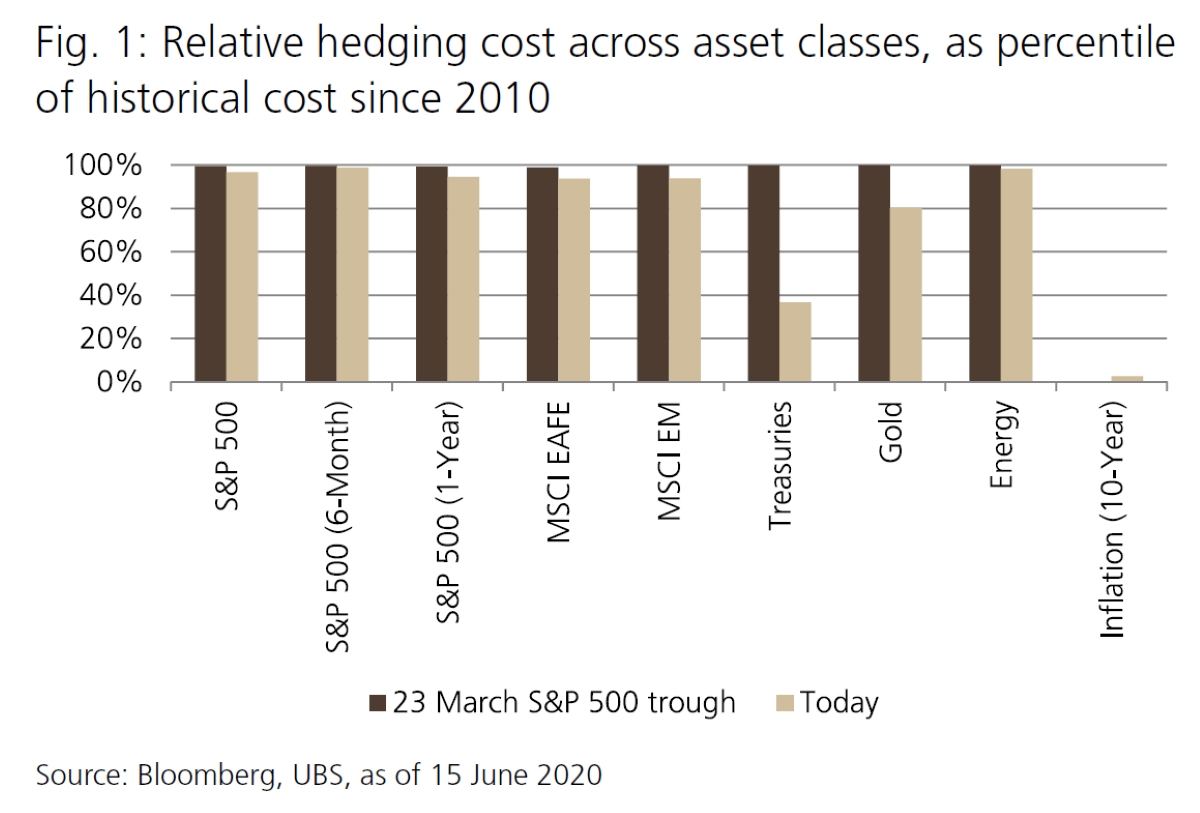Home>Finance>EBITDA-To-Sales Ratio: Definition And Formula For Calculation


Finance
EBITDA-To-Sales Ratio: Definition And Formula For Calculation
Published: November 16, 2023
Learn the definition and calculation formula for the EBITDA-to-Sales ratio in finance, and understand its significance in analyzing profitability.
(Many of the links in this article redirect to a specific reviewed product. Your purchase of these products through affiliate links helps to generate commission for LiveWell, at no extra cost. Learn more)
EBITDA-To-Sales Ratio: Definition and Formula for Calculation
Welcome to our finance category, where we delve into the intricate world of financial metrics and ratios. Today, we’ll be demystifying the EBITDA-to-Sales Ratio, a key indicator used by analysts to evaluate a company’s profitability. But what exactly is the EBITDA-to-Sales Ratio, and how can you calculate it? Let’s dive in and find out!
Key Takeaways:
- EBITDA-to-Sales Ratio measures a company’s operating profitability by comparing its earnings (before interest, taxes, depreciation, and amortization) to its total revenue.
- Formula for calculating the EBITDA-to-Sales Ratio: EBITDA divided by Total Revenue, multiplied by 100 to express it as a percentage.
The EBITDA-to-Sales Ratio is a financial metric that helps analysts assess a company’s operating profitability. EBITDA stands for Earnings Before Interest, Taxes, Depreciation, and Amortization, and it represents the company’s earnings before accounting for interest expenses, tax obligations, and non-cash expenses such as depreciation and amortization.
To calculate the EBITDA-to-Sales Ratio, you need two fundamental pieces of information: the company’s EBITDA and its total revenue. Once you have these numbers, use the following formula:
EBITDA-to-Sales Ratio = (EBITDA / Total Revenue) x 100
The resulting ratio expresses the relationship between a company’s operating earnings and its total revenue as a percentage. This ratio is particularly useful when comparing the profitability of different companies within the same industry or tracking a company’s own financial performance over time.
So, why is the EBITDA-to-Sales Ratio important? Let’s look at a few key benefits of using this financial metric:
1. Assessing Operating Efficiency:
The EBITDA-to-Sales Ratio helps analysts determine how effectively a company is generating profits from its core operations. A higher ratio indicates better operating efficiency, as it suggests that a larger portion of the company’s revenue translates into earnings before considering non-operating factors.
2. Comparative Analysis:
By comparing a company’s EBITDA-to-Sales Ratio with that of its competitors or industry benchmarks, analysts can gain valuable insights into its relative performance. This allows stakeholders to assess a company’s positioning within the market and identify areas for improvement.
It’s important to note that the EBITDA-to-Sales Ratio should not be considered in isolation but rather alongside other financial metrics and qualitative factors. As with any ratio, it’s crucial to consider the company’s specific industry, business model, and market conditions before drawing conclusions.
In conclusion, the EBITDA-to-Sales Ratio is a powerful tool for evaluating a company’s operating profitability. By understanding this metric and its calculation, investors and analysts can gain valuable insights into the financial health and performance of a business.
Are you interested in learning more about financial ratios and how they impact company evaluation? Stay tuned to our finance category for more informative content to help you navigate the world of finance!














